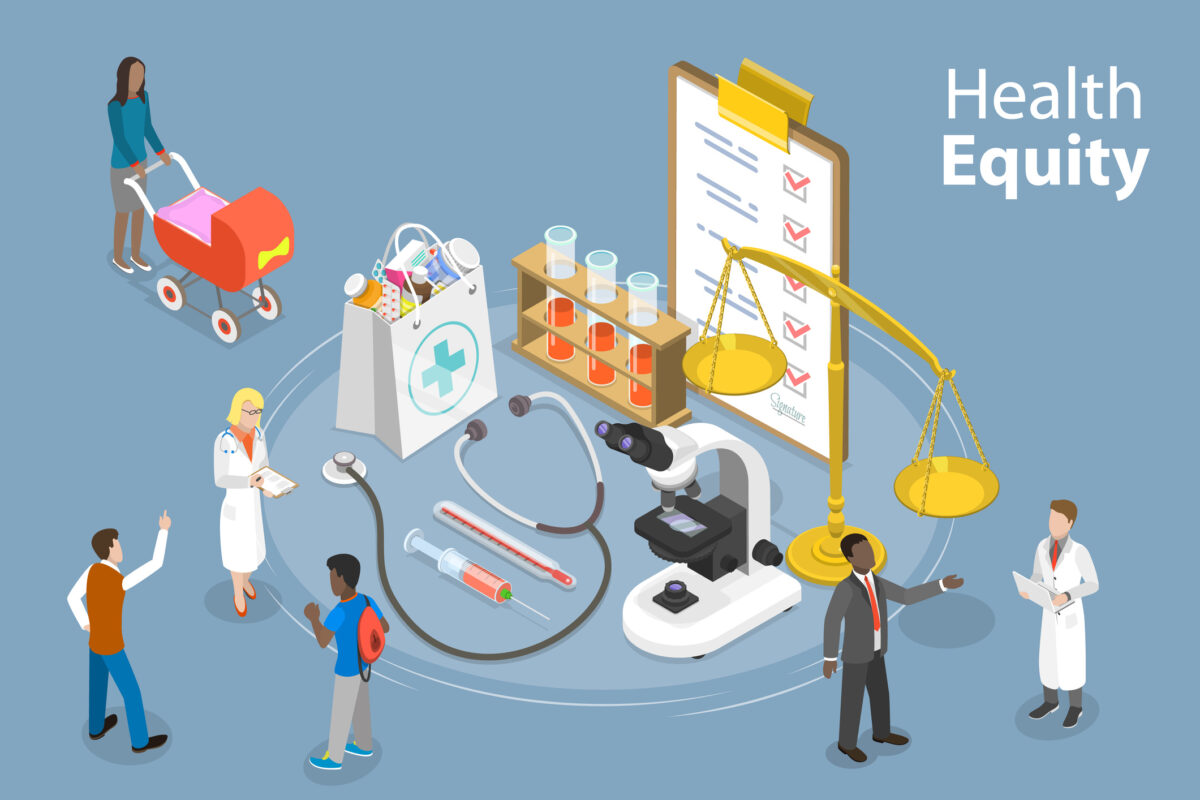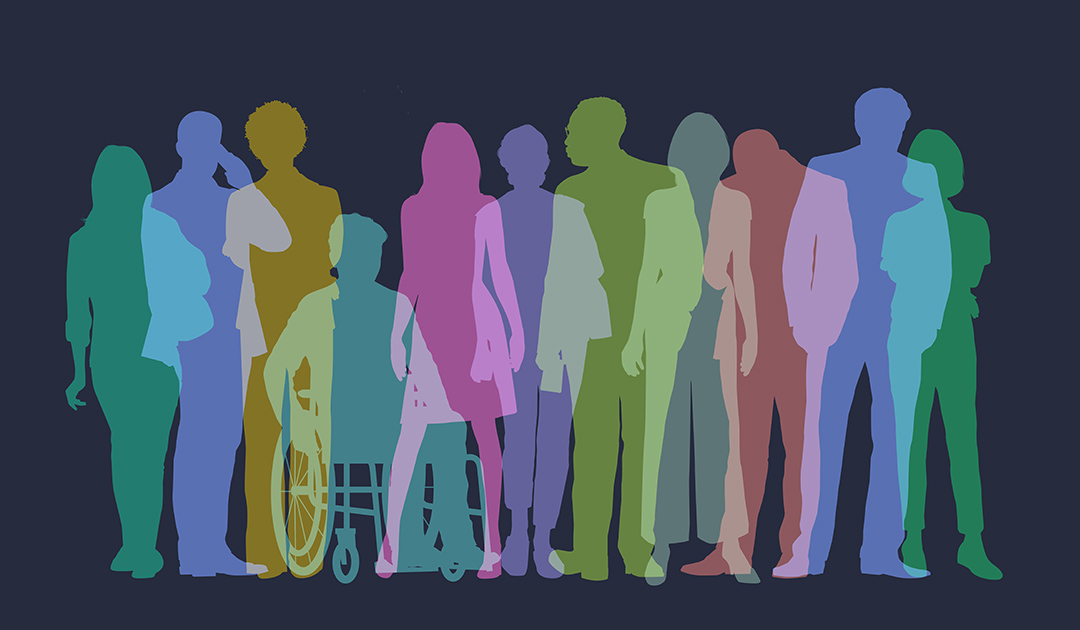Healthcare equity is not just a moral imperative—it’s a foundational pillar that can transform lives, communities, and entire societies. Yet, despite significant advances in medical technology, treatment protocols, and healthcare delivery, achieving true equity in healthcare remains an elusive goal.
The challenge is not simply about making healthcare available. Rather, it’s about ensuring that quality healthcare is accessible and equitable for all, regardless of socioeconomic status, race, gender, or geography.
To achieve this goal, we must confront the complexities and deeply enriched systemic barriers perpetuating healthcare disparities.
Challenges Impacting Equitable Care
Achieving equity in healthcare is a multifaceted challenge, shaped by a web of factors that extend far beyond the clinical setting. These obstacles contribute to significant gaps in health outcomes, disproportionately affecting marginalized communities.
Disparities Related to Socioeconomic Status

Socioeconomic factors such as income levels, education, and employment status play crucial roles in determining access to medical services. Low-income individuals often lack insurance coverage, transportation, and affordable healthcare options, which makes accessing preventative care difficult and often exacerbates chronic health conditions.
Meanwhile, communities in economically disadvantaged areas often face additional issues that contribute to environmental health disparities—such as poor air and water quality—which further add to their health challenges and financial strain.
Biases Built into the System
Healthcare providers, like all individuals, carry unconscious biases that can impact their decisions and the quality of care they deliver. Even well-intentioned healthcare providers may unknowingly treat patients differently based on race, gender, or socioeconomic status.
These implicit biases—unconscious attitudes or stereotypes that affect understanding, actions, and decisions—are a pervasive problem in healthcare. Studies have shown that patients from minority groups often receive less pain management, fewer diagnostic tests, and lower-quality care compared to their more privileged counterparts.
Issues with Accessibility
In many cases, geography compounds healthcare challenges. Many underserved communities, particularly in rural or economically disadvantaged areas, face provider shortages and long distances to healthcare facilities.
Digital health solutions like telemedicine have emerged to assist individuals in these communities; however, receiving adequate care is still a struggle for those without reliable internet access or technological literacy.
Cultural and language barriers further complicate access and result in poor healthcare outcomes. Research from the Journal of General Internal Medicine reported that “Language barriers can impede access to healthcare, lower the quality of care, and result in dissatisfaction with care.”
Solutions to Increase Equity in Healthcare

Achieving equity in healthcare requires more than just acknowledging these disparities. It also requires a concerted effort and innovative strategies to dismantle the structures that uphold them. This calls for innovative approaches that span policy reform, community engagement, and data-driven strategies
Taking a Data-Driven Approach
With the right data, healthcare systems can tailor interventions to address disparities more effectively.
Big data can help pinpoint gaps in care, identify populations at risk, and inform targeted interventions for affected communities. For example, healthcare providers can use predictive analytics to identify risk based on social determinants of health and prioritize resources for high-risk populations.
Data transparency also plays a key role in holding institutions accountable. Public reporting of healthcare outcomes by race, gender, and income levels allows stakeholders to track progress and adjust strategies where necessary.
Promoting Community Engagement and Cultural Competency
Engaging with local communities helps ensure that healthcare services are aligned with the cultural, social, and economic realities of the populations they serve. Healthcare providers can collaborate with community leaders, local organizations, and patient advocacy groups to co-create solutions that reflect the needs and values of marginalized populations.
Additionally, cultural competency training for healthcare providers can reduce implicit biases and improve communications with diverse patient populations. Culturally tailored care, which respects a patient’s background and personal beliefs, fosters trust and encourages better health outcomes.
Advocating for Policy Reform
Achieving equity in healthcare also requires systemic policy reforms at the local, state, and federal levels to promote inclusive and accessible care.
Policies that expand access to healthcare, such as universal healthcare coverage, Medicaid expansion, and paid sick leave directly address socioeconomic barriers. Moreover, policies that regulate pharmaceutical pricing, invest in rural healthcare infrastructure, and improve the conditions of frontline workers are also essential for creating a more equitable healthcare landscape.
Policymakers must also prioritize the social determinants of health by investing in affordable housing options, education, transportation, and nutrition programs. By addressing these root causes of health disparities, policy reform can create conditions for healthier communities overall.
A Collective Commitment to Equity in Healthcare
Creating an equitable healthcare system requires collective commitment—an understanding that healthcare disparities are not inevitable but are the result of systemic inequalities that can be addressed through sustained, intentional efforts. Healthcare providers, policymakers, insurers, and community leaders all have a role to play in dismantling barriers and promoting inclusive practices.
This commitment must also extend to ongoing healthcare education, research, and innovation. By continually examining medical practices and policies through the lens of equity, we can identify new opportunities to improve healthcare delivery and outcomes for all.
The Broader Impact of Equity in Healthcare
Ultimately, addressing healthcare disparities strengthens the entire healthcare system and our society at large. Healthier populations lead to lower medical costs, greater workforce productivity, and more resilient communities.
Achieving equity in healthcare is not just an aspirational goal—it’s a tangible pathway to justice, sustainability, and societal well-being. Through concerted action, we can ensure that every person, regardless of their background, has the opportunity to live a healthy, dignified life.
Paving the Way for Inclusive Care
As we navigate the complexities of healthcare disparities, it becomes increasingly clear that equity in medical care is both a profound challenge and an extraordinary opportunity.
By embracing innovative strategies, fostering community engagement, and enacting bold policy reform, we can dismantle the barriers that hinder equitable care. In doing so, we affirm our commitment to a healthcare system that reflects fairness, justice, and the inherent dignity of all people.
To join forces in fostering equity in healthcare, explore our MS in Allied Health services at Antioch University.






